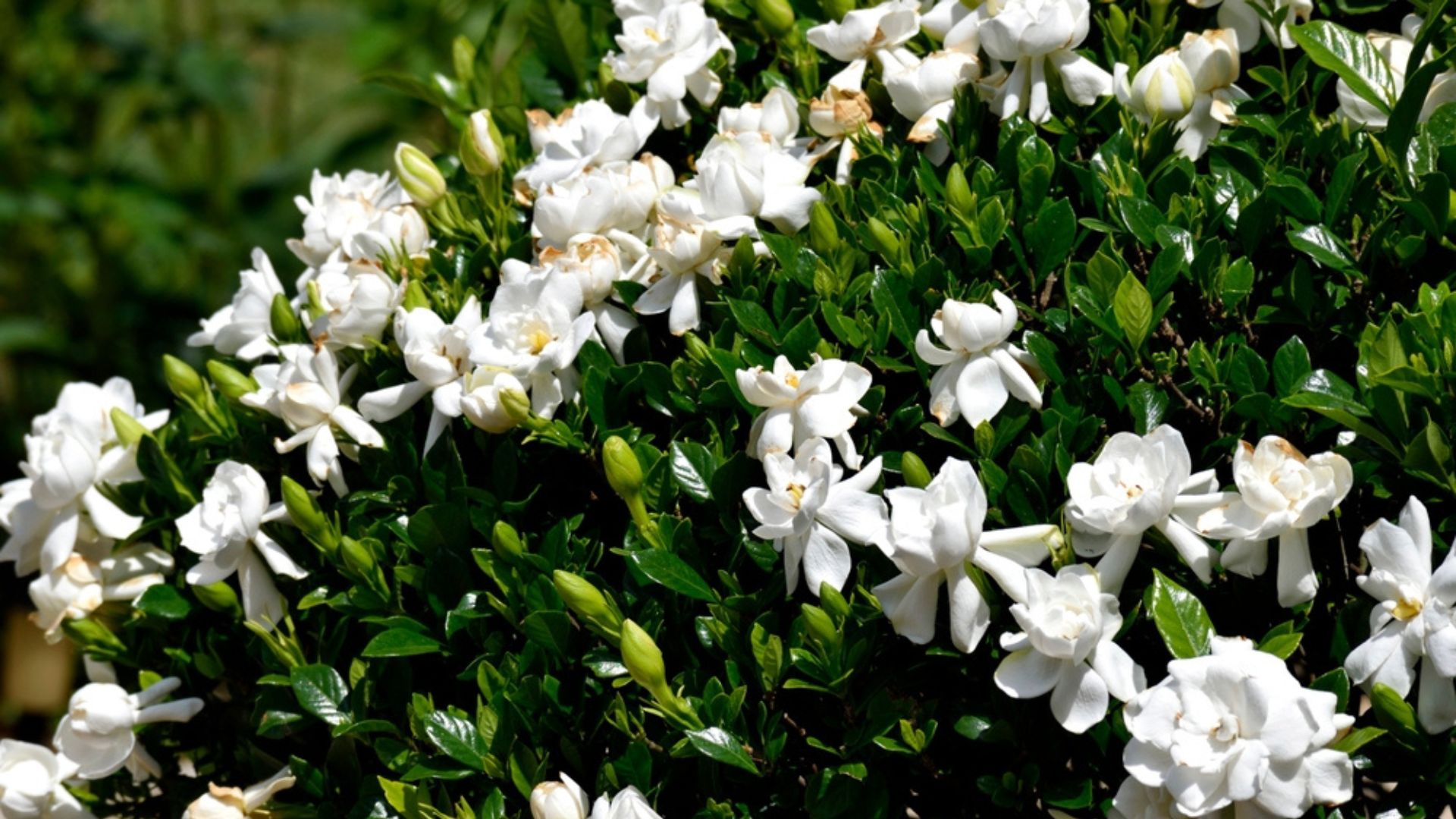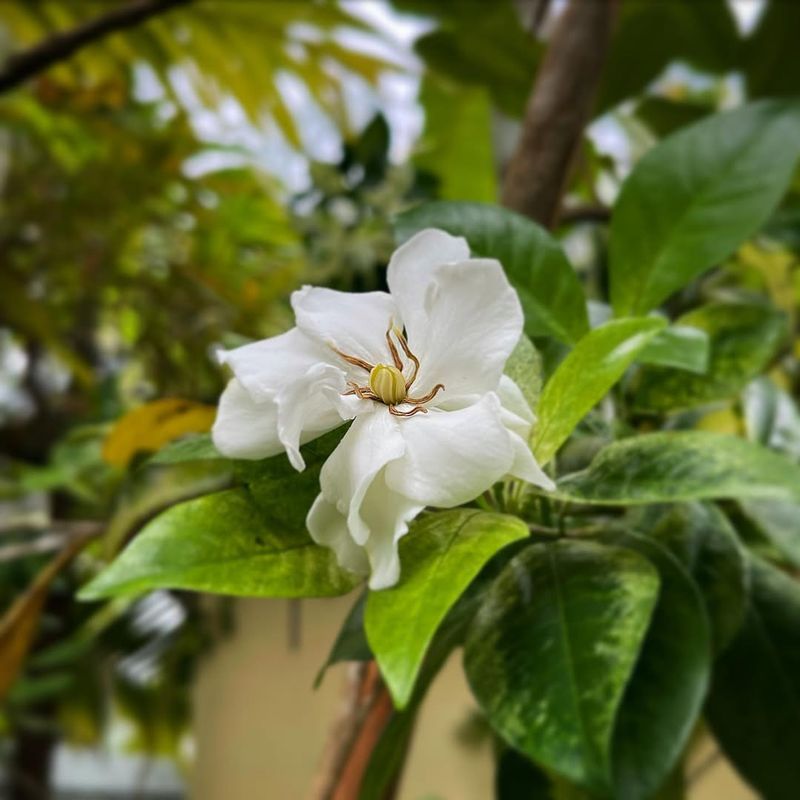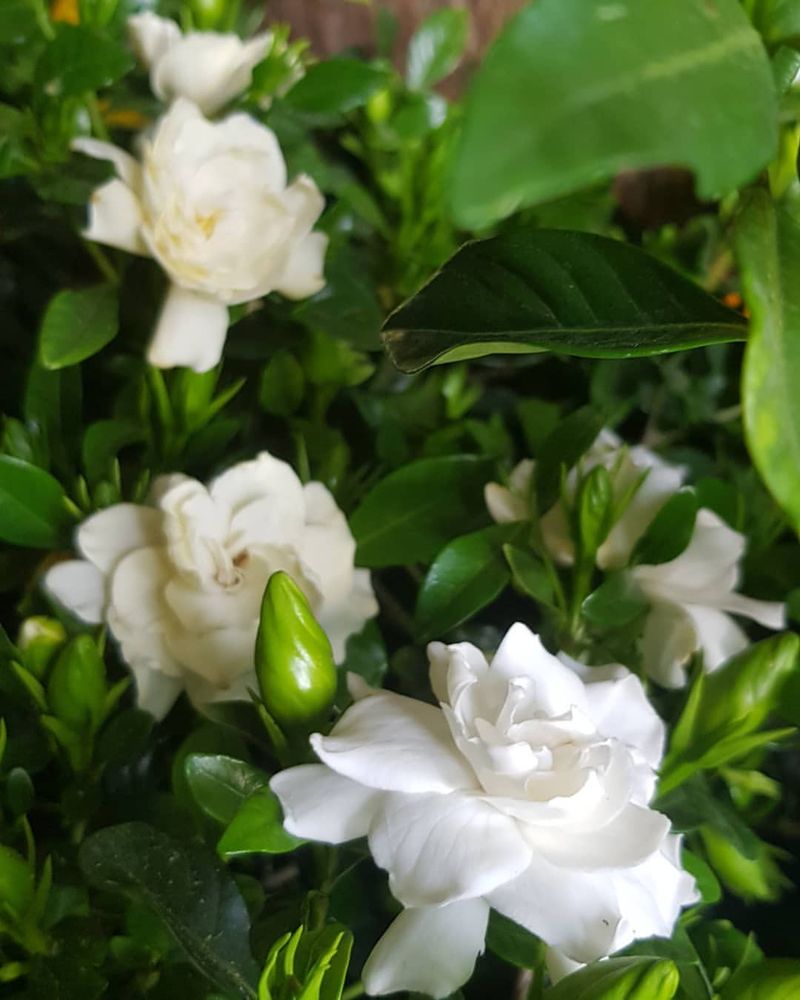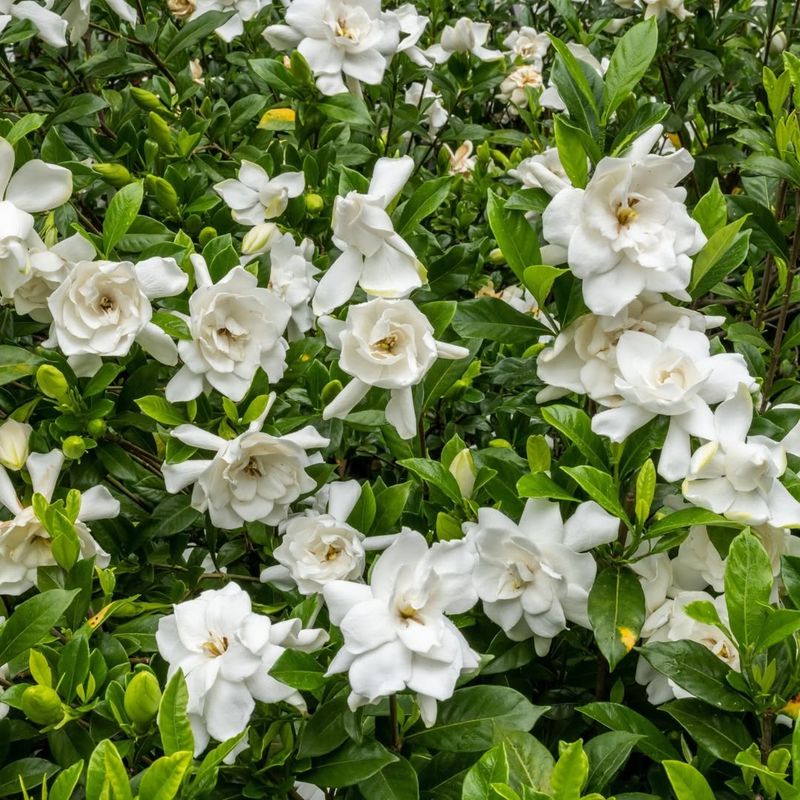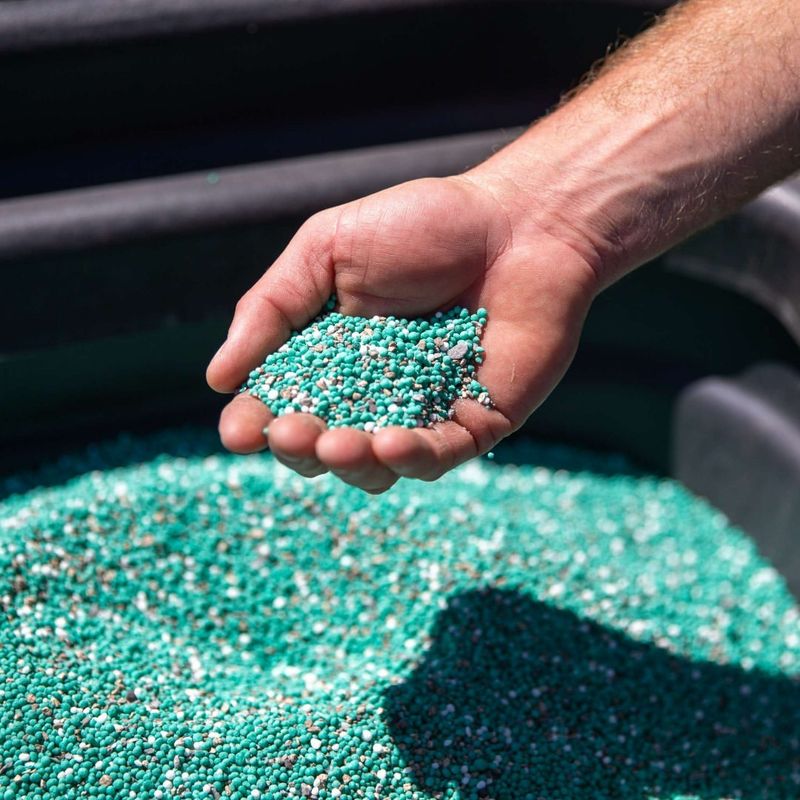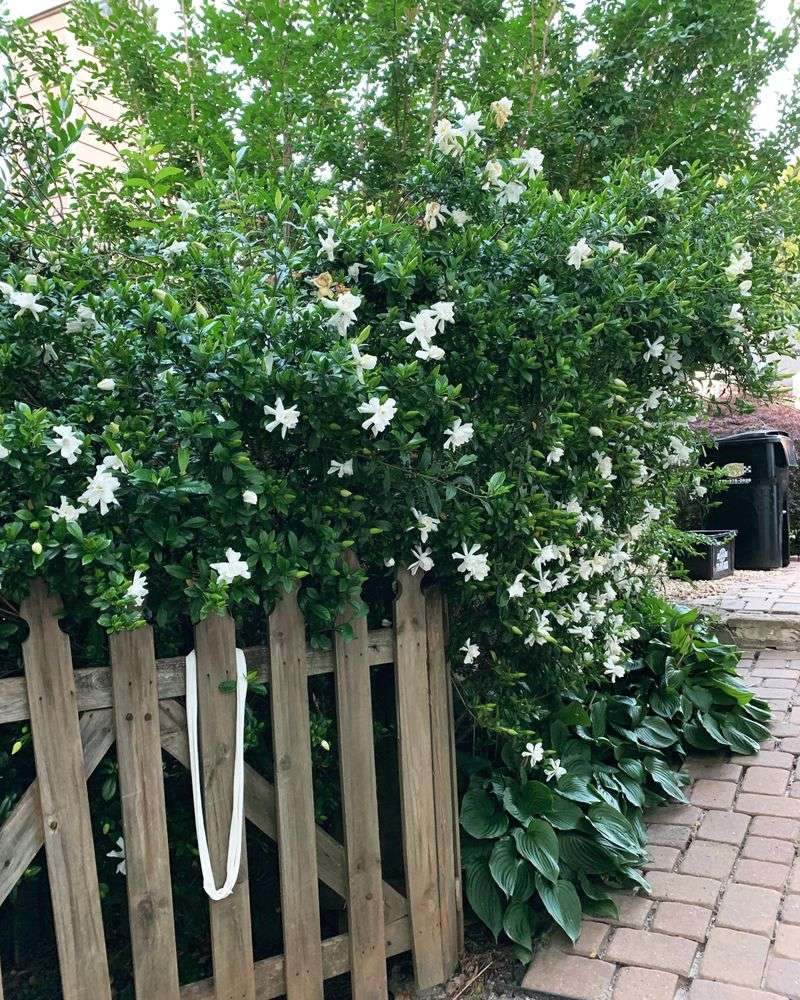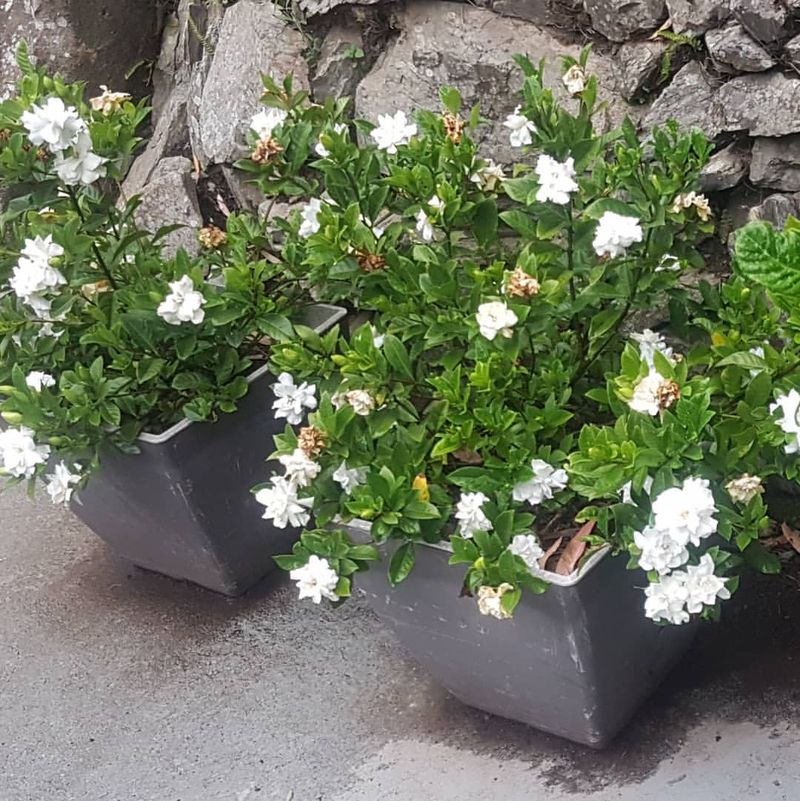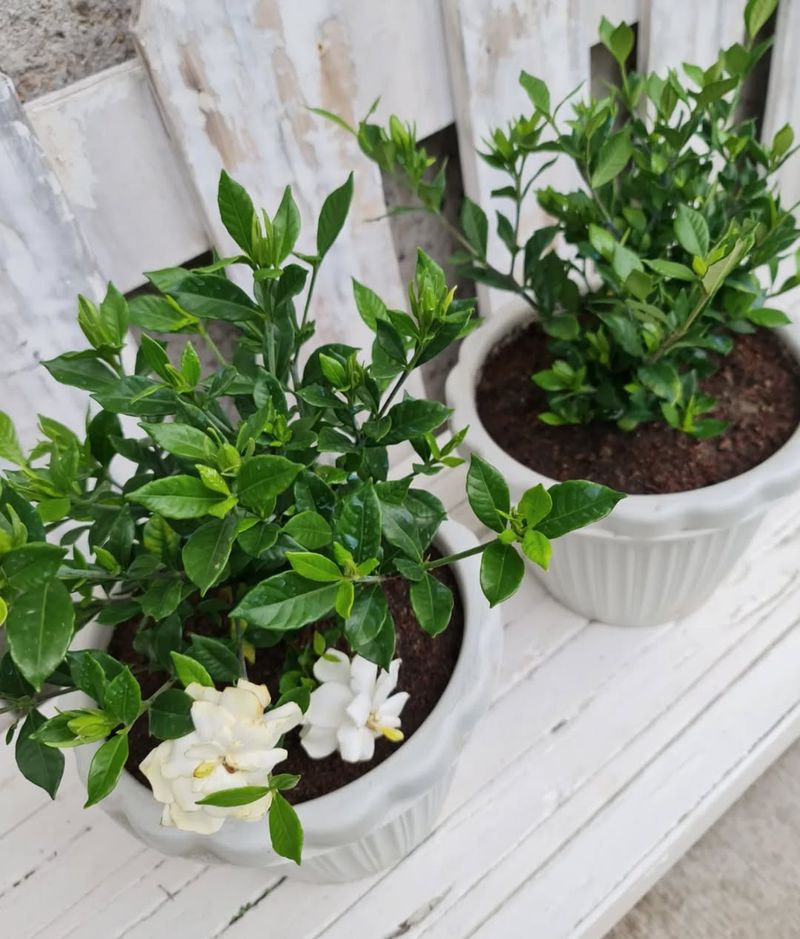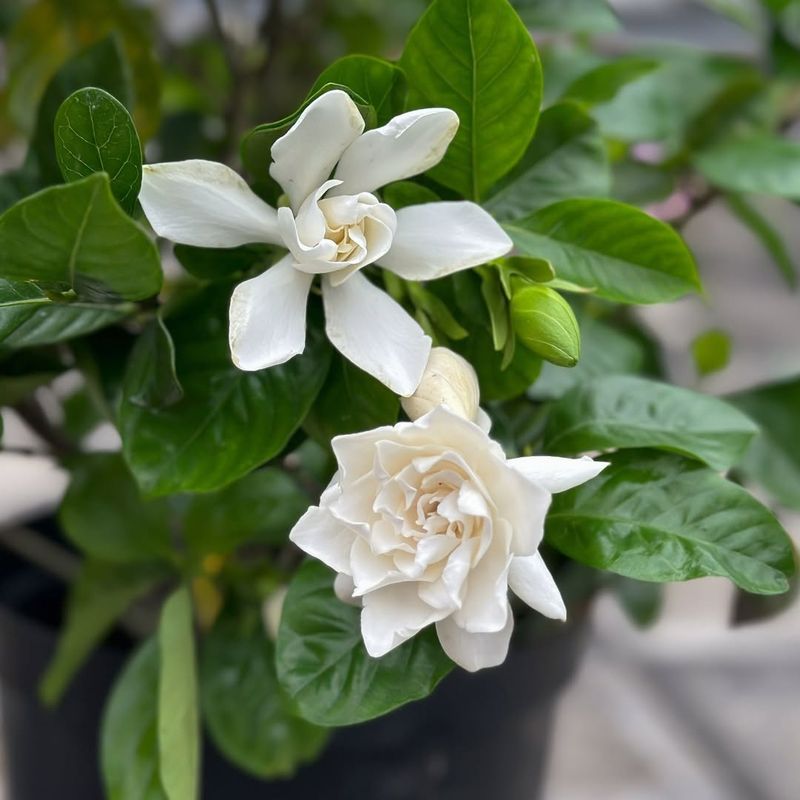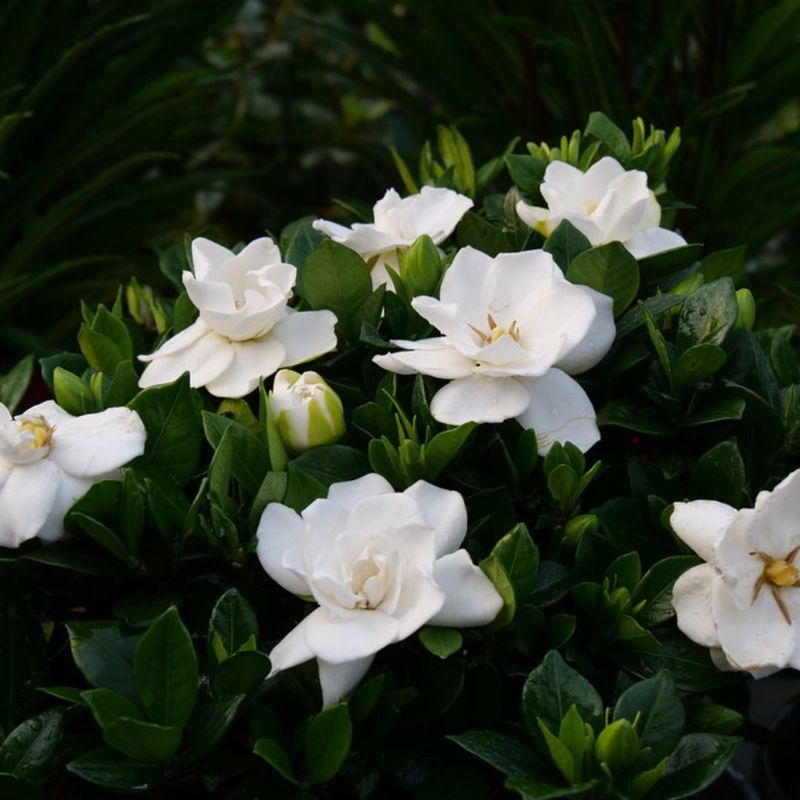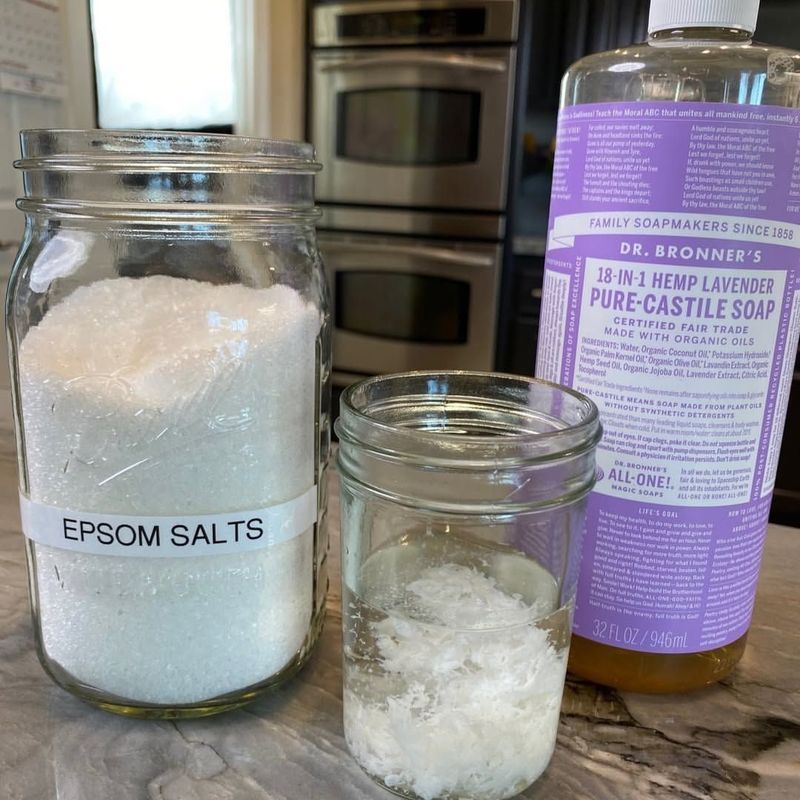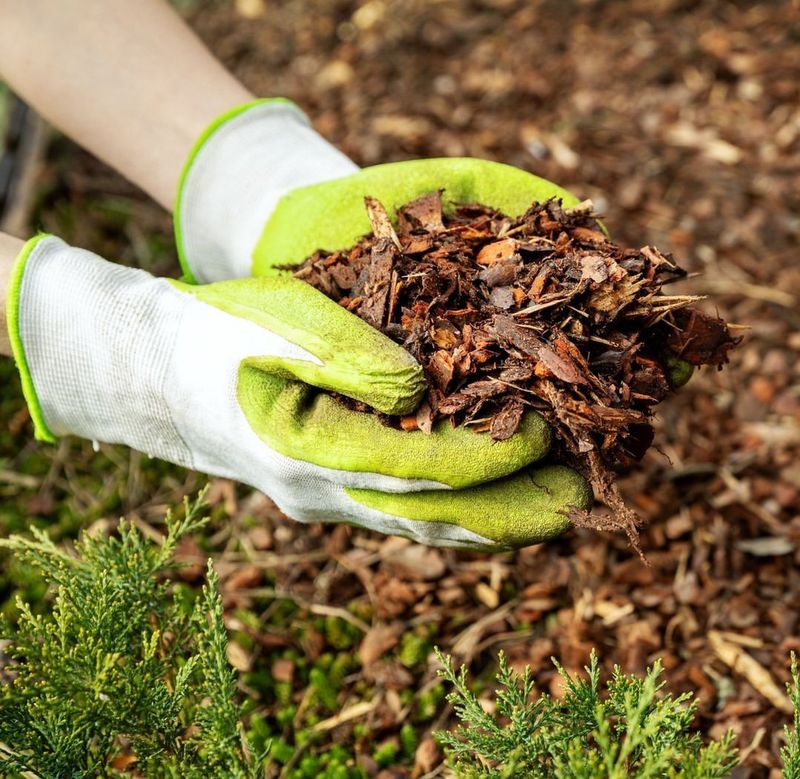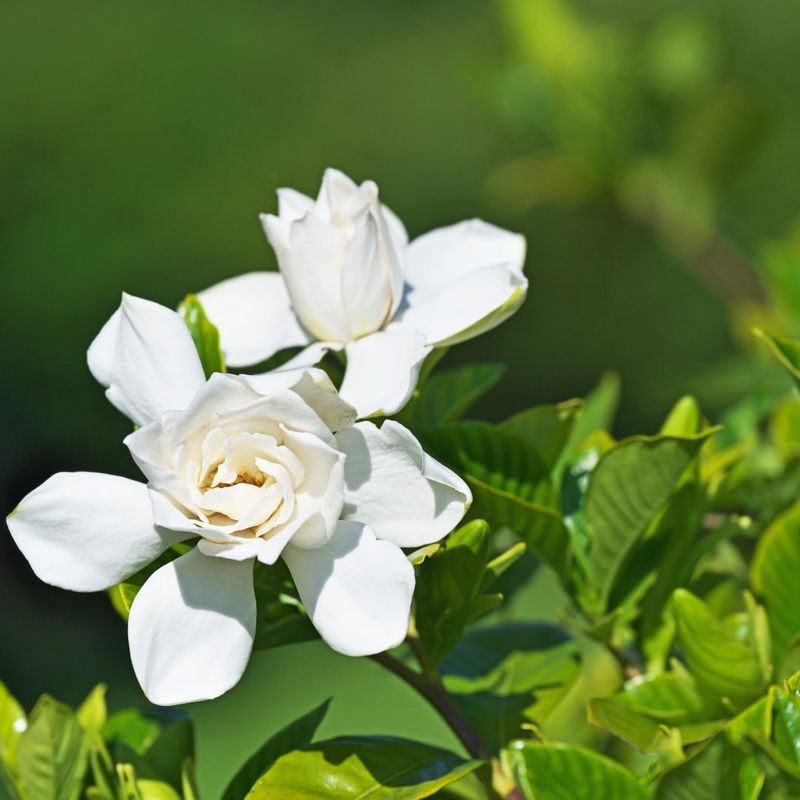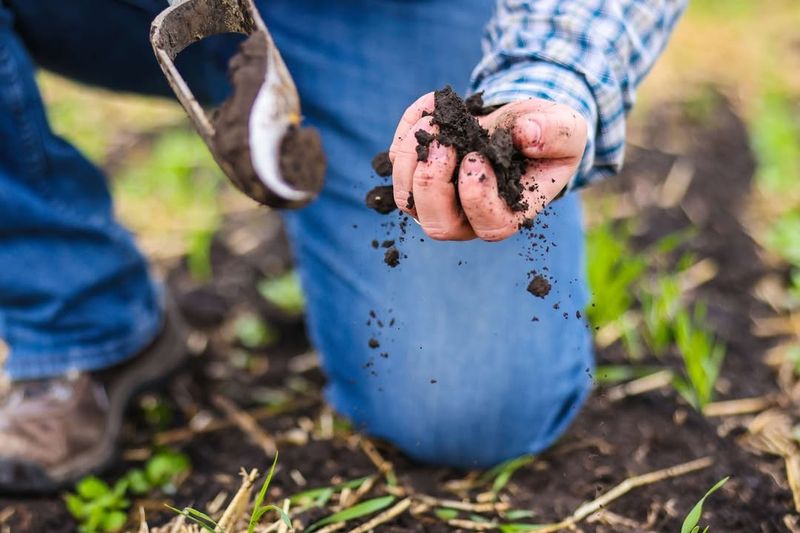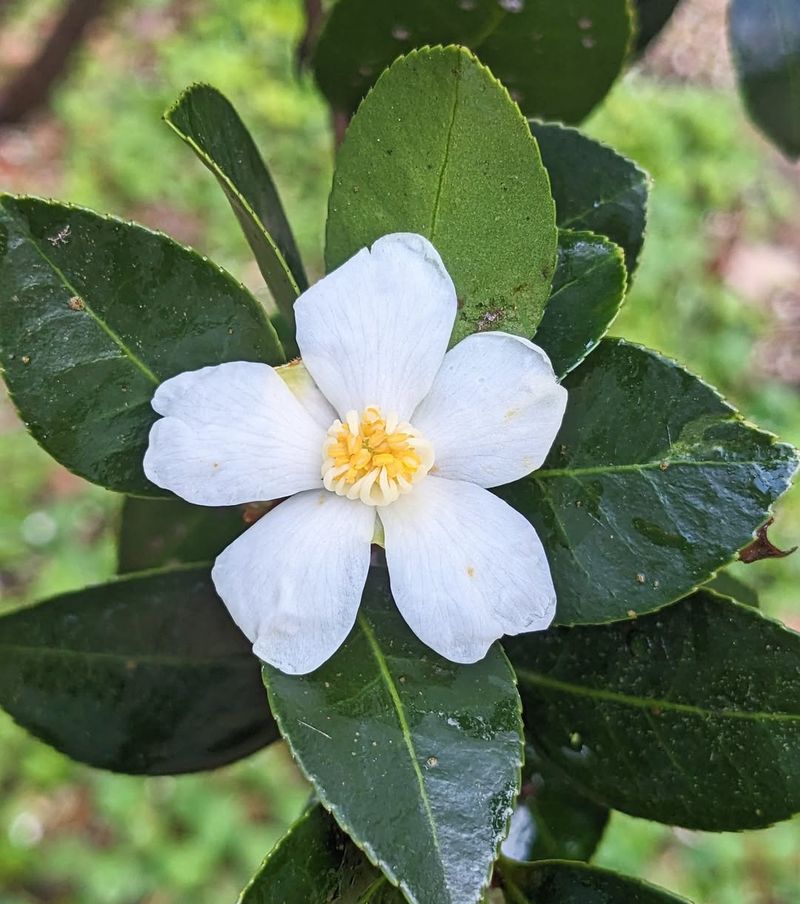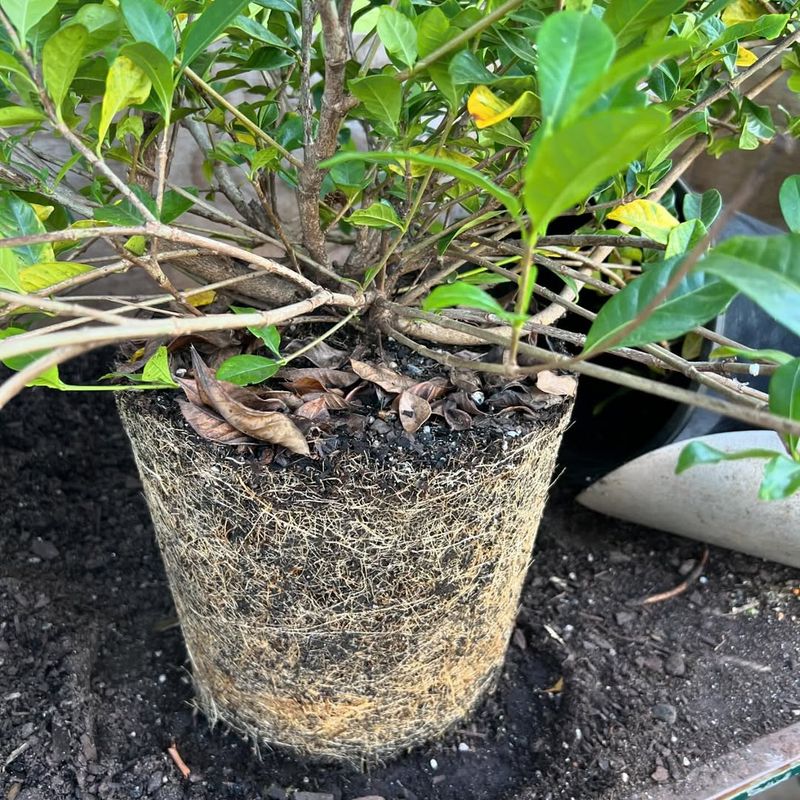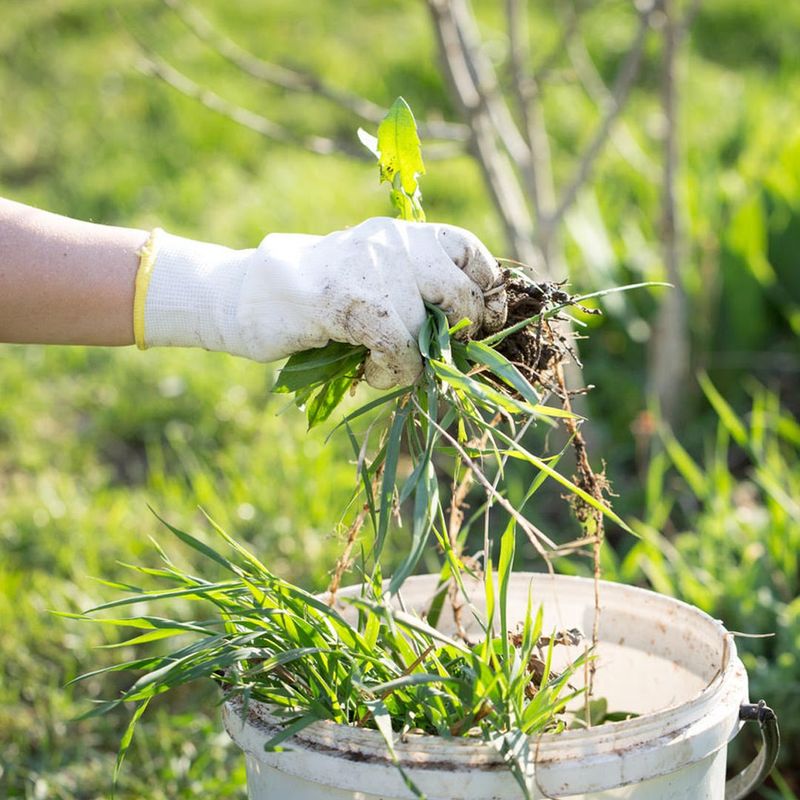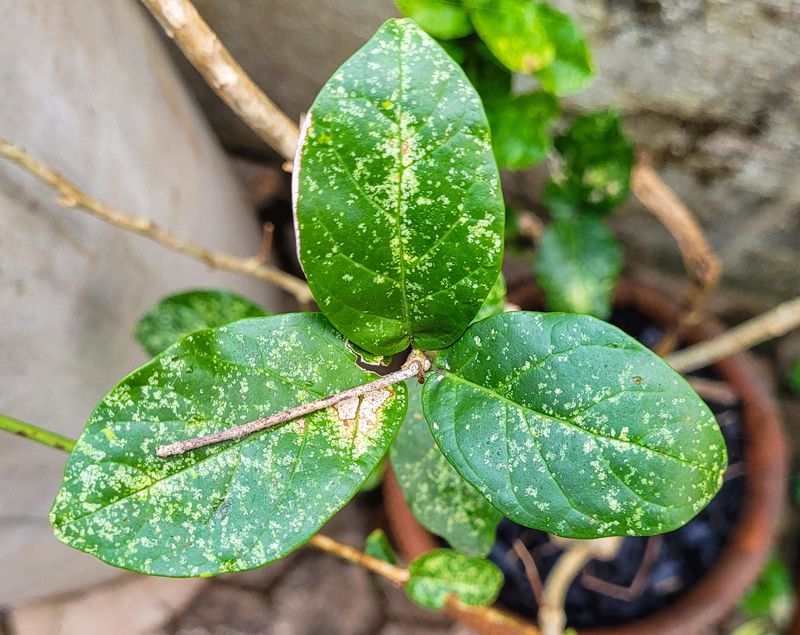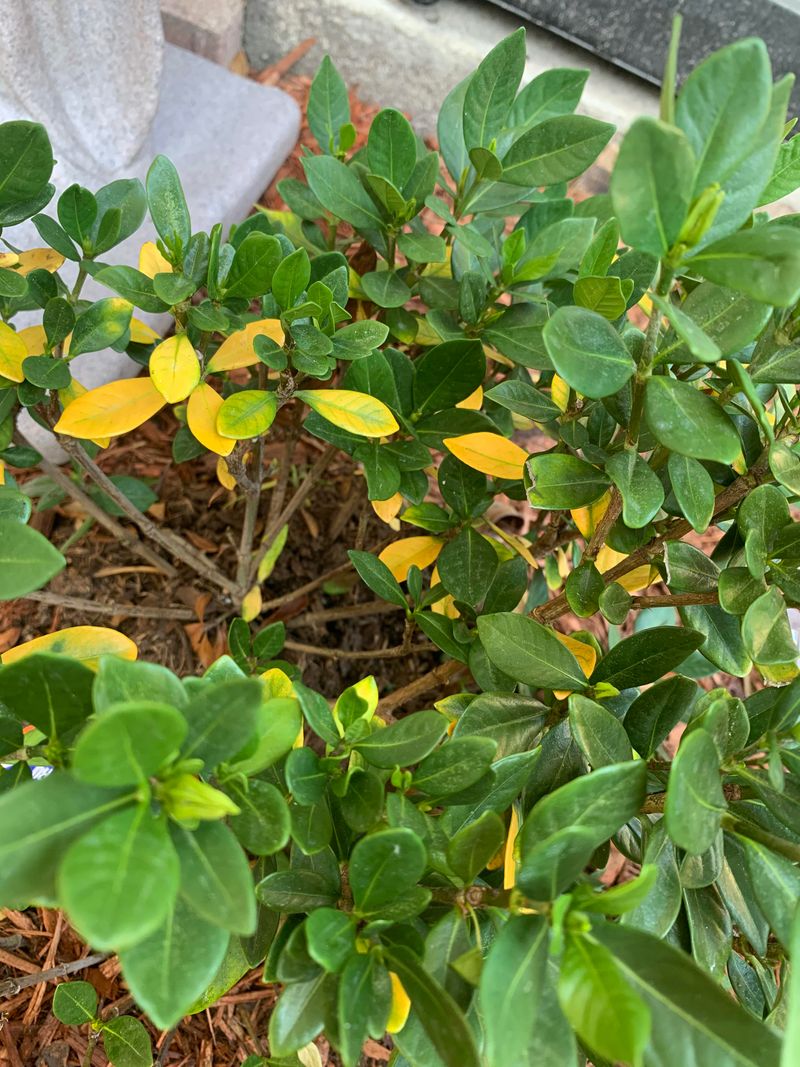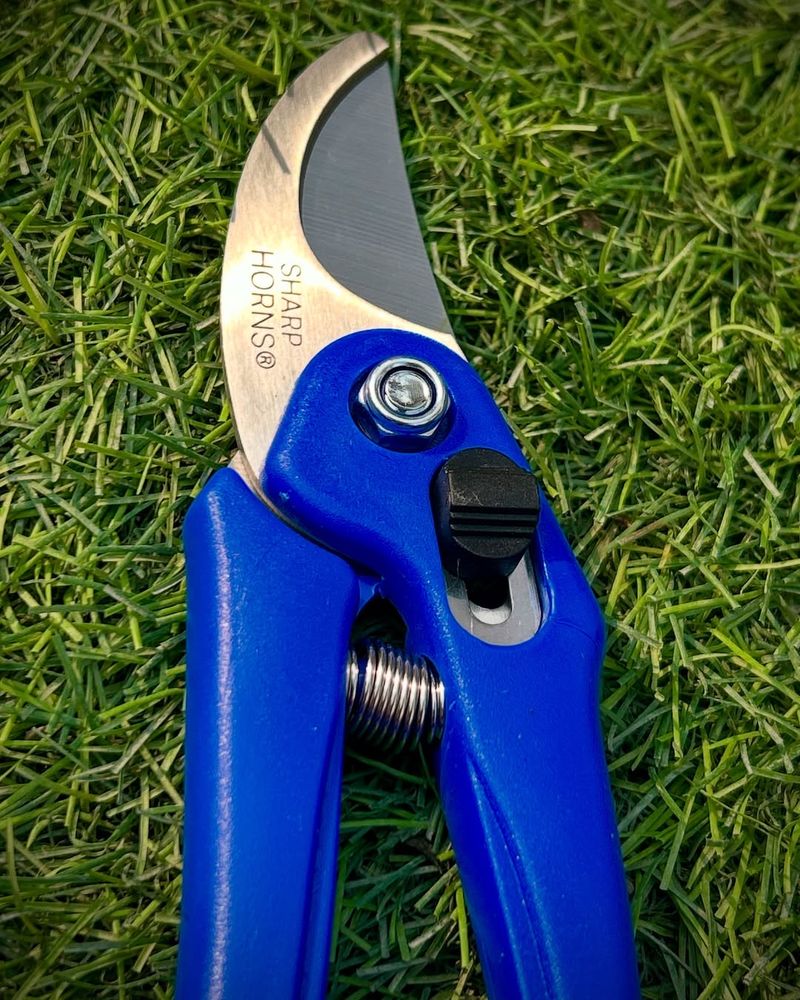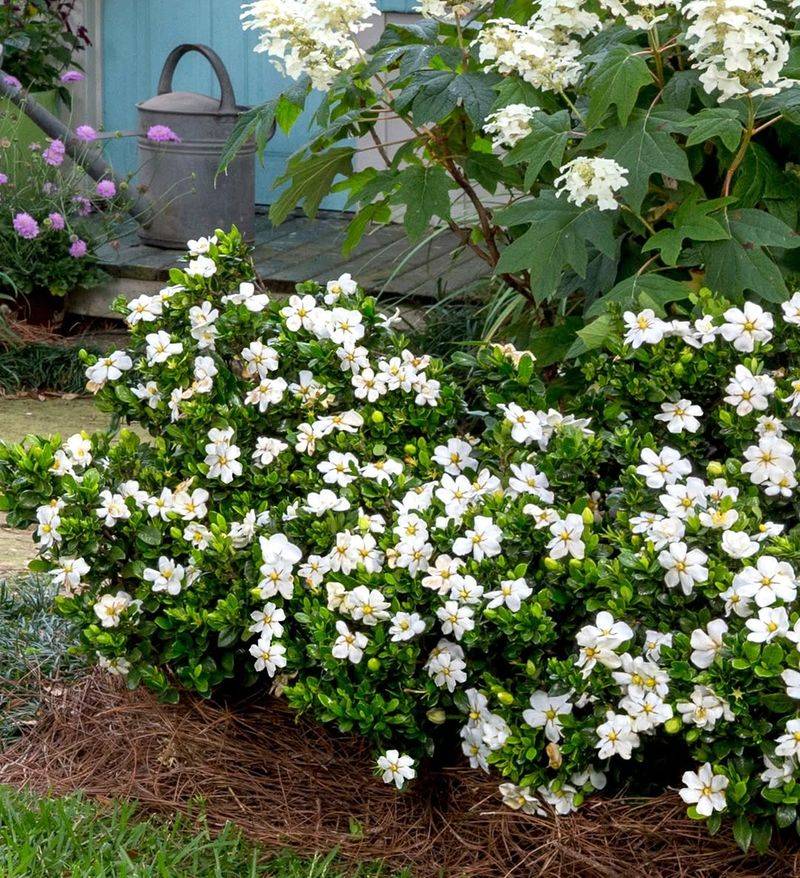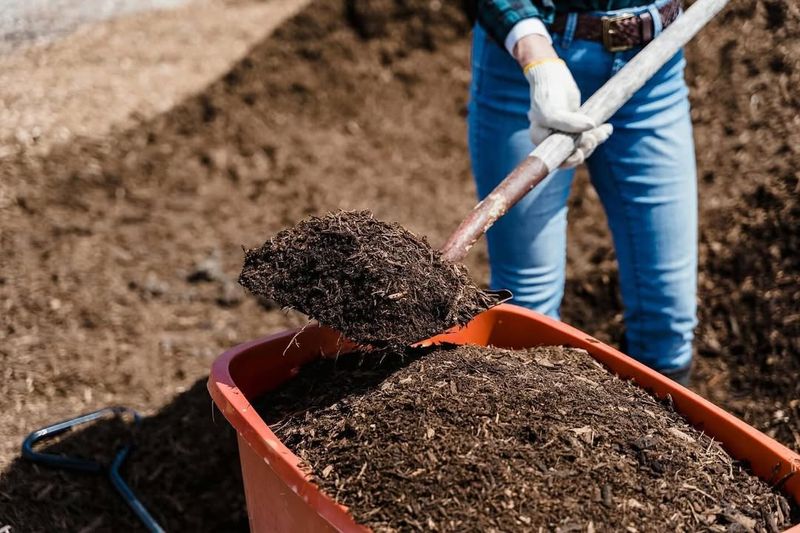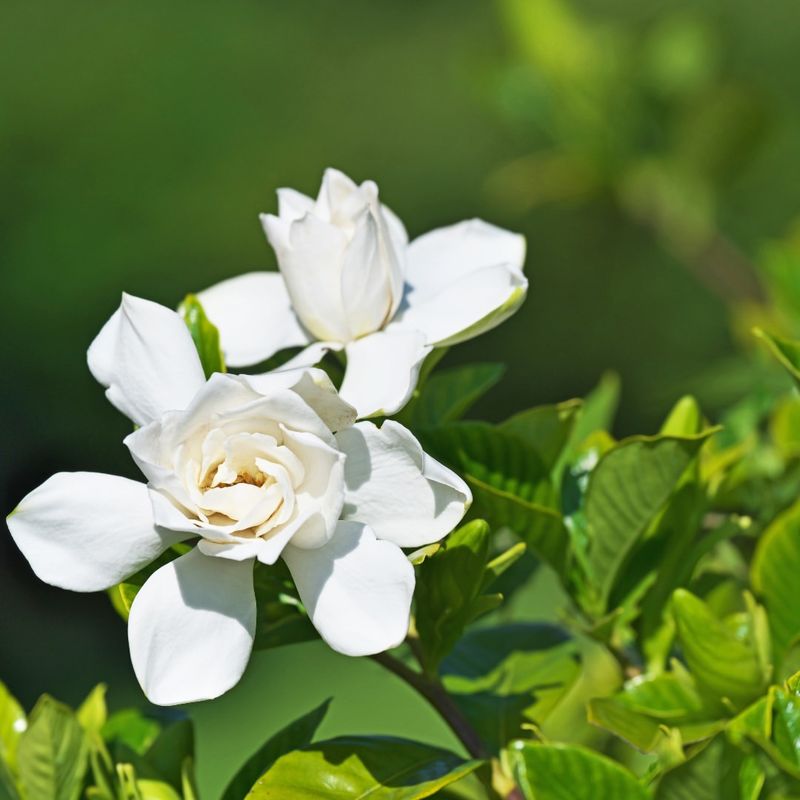Gardenias are loved for their fragrant blooms and glossy foliage, making them a garden favorite. Their sweet scent and delicate flowers bring elegance to any space, but keeping them healthy can be tricky.
Understanding their needs is key to success—here’s what to know about growing gardenias, plus tips to avoid common mistakes for a thriving plant.
1. Choose the Right Location
Finding the perfect spot is crucial for your plant’s success. Gardenias thrive in areas with bright, indirect sunlight. Direct sunlight can be too harsh, while too much shade may stunt growth. Look for a location that balances both.
Ensure the soil is well-draining to prevent root rot. Gardenias prefer acidic soil, so consider a soil test before planting. Adjust the pH if necessary to create the optimal environment for growth.
2. Maintain Proper Humidity
Maintaining the right humidity is essential. These plants prefer high humidity levels, around 50-60%. Indoor plants can benefit from a humidifier especially in dry climates or during winter.
Misting leaves can also help, but avoid overdoing it as it can lead to fungal issues. Grouping plants together can create a microclimate with higher humidity, benefiting all the plants involved.
3. Water Consistently
Consistency is key when it comes to watering. Gardenias require moist, but not waterlogged, soil. Water when the top inch feels dry to the touch, which usually means deep watering once a week.
During hotter months, you may need to adjust your schedule. Always water at the base to avoid wetting the leaves, which can cause fungal problems.
4. Fertilize Regularly
Regular feeding can make a big difference. These plants benefit from a balanced fertilizer every 4-6 weeks. Choose one formulated for acid-loving plants.
Apply during the growing season from spring to early fall. Follow the instructions on the package carefully to avoid over-fertilizing, which may lead to nutrient burn.
5. Prune at the Right Time
Timing matters when pruning. The best time is after the bloom cycle ends, typically late summer or early fall. Pruning encourages bushier growth and more blooms.
Remove dead or diseased branches first. Cut just above a leaf node or bud to ensure healthy regrowth.
6. Protect from Frost
Cold weather can be damaging. Protecting your plants from frost is essential, especially in colder climates. Use frost cloths or blankets to cover them during frosty nights.
Move potted gardenias indoors if possible. Ensure they are away from drafts or heating vents to prevent temperature shock.
7. Use the Right Soil
Soil selection influences health. These plants do best in acidic, well-draining soil. A mix containing peat moss, pine bark, and sand is ideal.
Testing soil pH before planting can help tailor conditions. Aim for a pH of 5.0 to 6.5 for optimal growth. Adjust with amendments as needed.
8. Control Pests Naturally
Natural pest control is effective. Introducing beneficial insects like ladybugs can help manage aphids and other pests. Neem oil is another option, acting as a deterrent without harmful chemicals.
Regular inspection of leaves can catch infestations early. Hand-picking pests or using a gentle spray of water can also be effective in small cases.
9. Ensure Proper Drainage
Drainage can make or break success. Without it, roots may rot, stunting growth. Raised beds or containers with drainage holes are a good choice.
In-ground plants might benefit from adding organic matter like composted bark to improve soil structure and drainage. Always water deeply and less frequently to encourage strong root development.
10. Avoid Overcrowding
Space matters in planting. Overcrowding can lead to poor air circulation, promoting diseases. Ensure your plants have enough room to grow without touching each other.
A general rule is to space gardenias at least 3 to 6 feet apart. This allows for proper air movement and reduces competition for resources.
11. Use Epsom Salts
Adding Epsom salts can boost growth. Magnesium in Epsom salts helps in chlorophyll production, enhancing leaf color and bloom quality.
Dissolve a tablespoon in a gallon of water and apply once a month. This simple addition can make a noticeable difference in plant health.
12. Mulch to Retain Moisture
Mulching is beneficial for moisture retention. It helps keep roots cool and prevents weeds from competing with your plants.
Apply a 2-3 inch layer of organic mulch, such as pine needles or bark chips, around the base. Avoid piling mulch against the stem to prevent rot.
13. Choose Disease-Resistant Varieties
Choosing the right variety can simplify care. Disease-resistant strains are less prone to common problems like sooty mold and powdery mildew.
Researching and selecting these varieties can save time and effort in maintenance. Check with local nurseries for recommendations suited to your climate.
14. Monitor pH Levels
Monitoring soil pH is crucial. Gardenias thrive in acidic conditions, so regular testing with a pH meter is recommended. Adjust the soil using sulfur or aluminum sulfate if the pH isn’t optimal.
Maintaining the right pH will promote healthier growth and more abundant blooms.
15. Avoid Wetting the Leaves
Leaf wetting can lead to problems. It encourages fungal diseases like leaf spot. Always water the base of the plant to keep leaves dry.
If using a sprinkler system, ensure it’s adjusted to avoid wetting foliage. This preventative step can save a lot of trouble down the line.
16. Select the Ideal Pot
Containers impact health. If growing in pots, ensure they’re large enough for root development and have drainage holes.
Choose pots made of breathable materials like clay or terracotta. These help regulate moisture levels, preventing root rot.
17. Consider Companion Planting
Companions can benefit growth. Plant gardenias near compatible species like ferns or azaleas, which share similar soil and light preferences.
These companions can help create a supportive microenvironment. They also add visual interest to your garden design.
18. Repot When Necessary
Repotting can rejuvenate growth. Over time, plants can outgrow their containers, leading to restricted roots. Signs like reduced blooms or slower growth indicate repotting needs.
Choose a slightly larger container and refresh the soil to encourage new growth.
19. Control Weeds Efficiently
Weeds compete for nutrients. Regularly remove them to ensure your plants receive all available resources. Use mulch to suppress weed growth naturally.
This not only reduces maintenance time but also benefits your gardenias with added moisture retention.
20. Protect from Strong Winds
Wind can be damaging. Strong winds can break branches and desiccate leaves. Using windbreaks like lattice or planting near naturally protective structures can shield gardenias.
This helps maintain moisture and reduces physical damage.
21. Regularly Inspect for Diseases
Early detection prevents spread. Regular checks for signs of disease like discolored leaves or unusual spots are vital.
Address issues promptly with appropriate treatments. This can prevent minor problems from becoming major headaches.
22. Provide Adequate Light
Light levels affect blooming. Ensure your plants receive adequate light without being scorched. Dappled shade or morning sun with afternoon shade is ideal for most gardenias.
Adjust plant locations based on their light needs to encourage healthy blooms.
23. Manage Nutrient Deficiencies
Nutrient balance is vital. Yellowing leaves could signal deficiencies, requiring soil amendments. Iron and magnesium are common deficiencies that affect growth.
Supplements or balanced fertilizers can help correct these issues.
24. Deadhead Spent Blooms
Removing spent blooms encourages new growth. Deadheading keeps plants tidy and focused on producing fresh flowers.
Cut just above a leaf node to promote branching and more blooms. This simple task can lead to a more prolific display.
25. Consider Seasonal Adjustments
Seasons affect care routines. During winter, reduce watering and consider adding mulch for insulation. In spring, increase feeding and watering as growth resumes.
Being attuned to seasonal changes ensures robust health year-round.
26. Create a Routine Care Schedule
Routine schedules aid consistency. Keeping a calendar of essential tasks like watering, feeding, and pruning helps maintain plant health.
Adjust schedules based on seasonal changes and plant responses to ensure optimal care.
27. Use Organic Mulch
Organic mulch benefits soil health. It breaks down over time, adding nutrients and improving soil structure.
Mulch also conserves moisture and suppresses weeds. Apply a fresh layer annually to maintain these benefits.
28. Practice Patience with Young Plants
Patience pays off with young plants. It takes time for them to establish and bloom prolifically.
Provide support and consistent care during this phase. Over time, they will reward you with beautiful, aromatic flowers.

